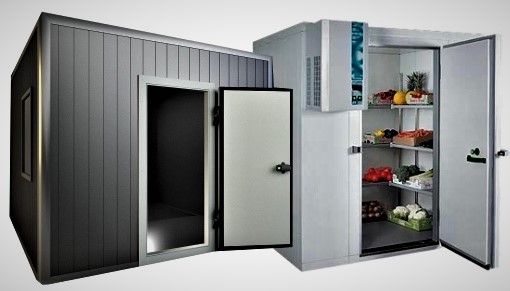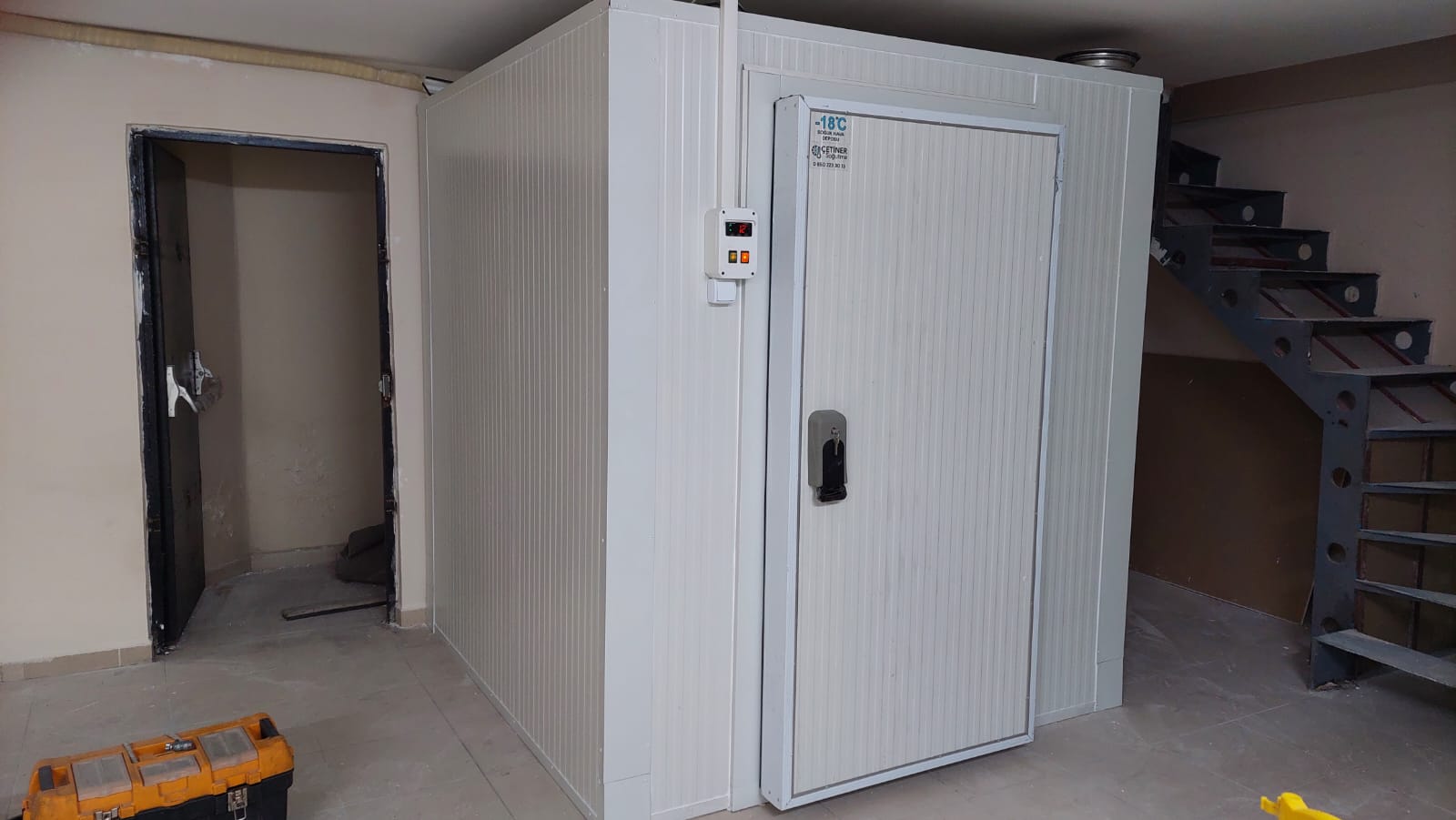Cold Storage; Food products are stored in insulated and air-conditioned rooms called "cold storage" to ensure freshness. A wide variety of products can be stored in cold storage facilities. Different food products can be stored, including fruits and vegetables, meat, dairy products, and fish.
What are the Cold Storage Rules?
There are certain rules that must be taken into account during installation and use in cold storage facilities. These rules are as follows:
– Before the cold storage installation, the project is prepared by calculating information such as the type of product to be stored, stock quantity and input-output density.
– By using cold storage doors, air leakage inside the warehouse is reduced to a minimum level.
Humidity control in cold storage should be maintained to prevent product weight loss, darkening, wrinkling, or spoilage. Humidity levels are adjusted according to the product type.
– Cold room shelves used in cold storage prevent products from affecting climate values.
– Industrial cooling devices are used to ensure that the cold air inside the cold room is distributed evenly throughout the entire area.
– The products in cold rooms should be arranged in a position that does not obstruct air flow.
Rating;
The cold storage process involves cooling products between 15 degrees Celsius and -40 degrees Celsius, varying depending on the product. Cold storage units also vary depending on this temperature range.
– Cool Storage: Between 8 °C – 15 °C,
– Cold Storage: Between 2 °C and 8 °C,
– Refrigerator Storage: Between -4 °C and 2 °C,
– Frozen Storage: Between 0 °C and -25 °C,
– Shocking: Preservation is provided between – 25°C and – 40°C.
Temperatures are adjusted for each product to be stored in cold storage facilities. For example, because food products are hygroscopic, they can exchange moisture within the warehouse. To prevent this, cold storage Industrial humidification devices should be used in.


